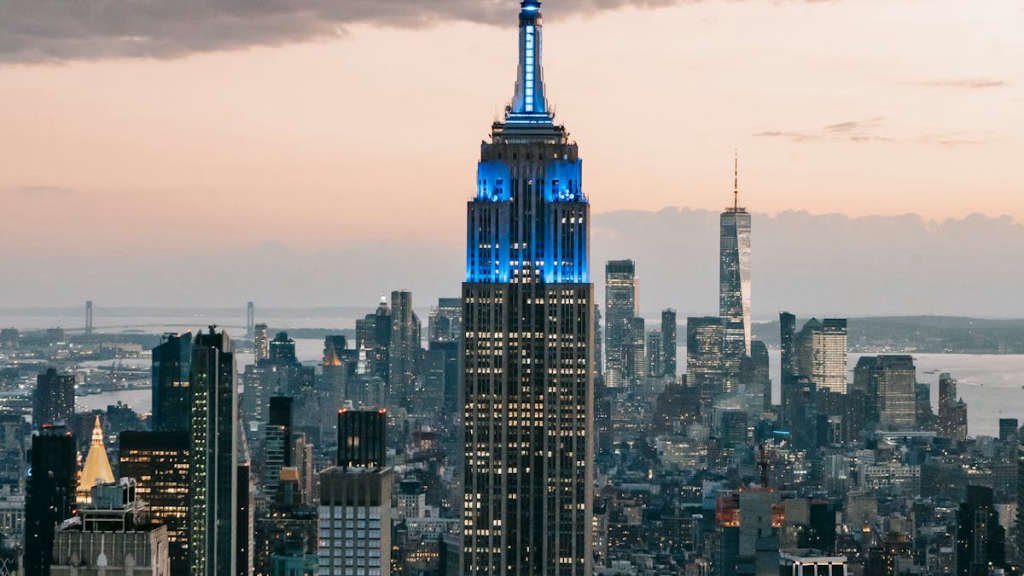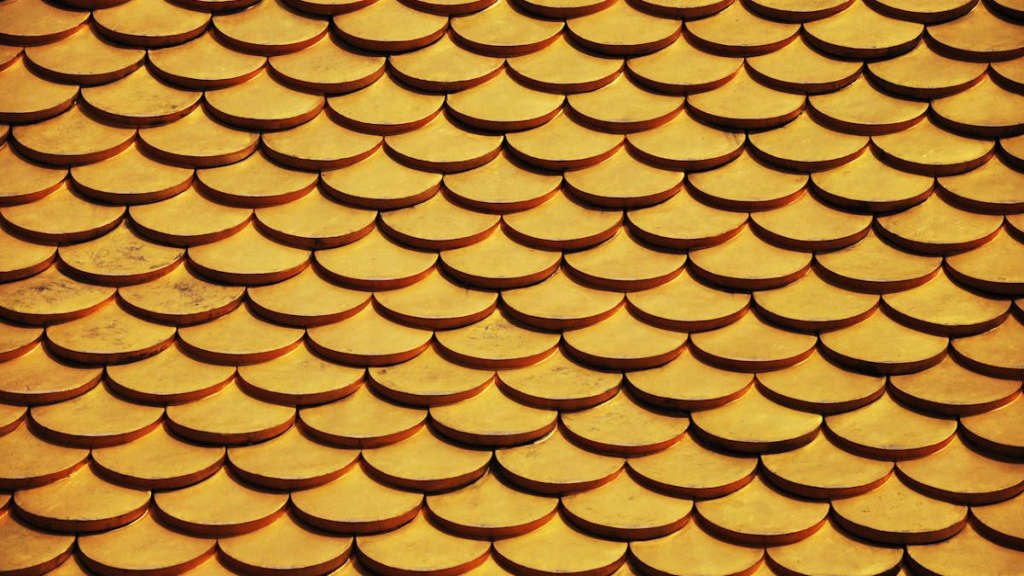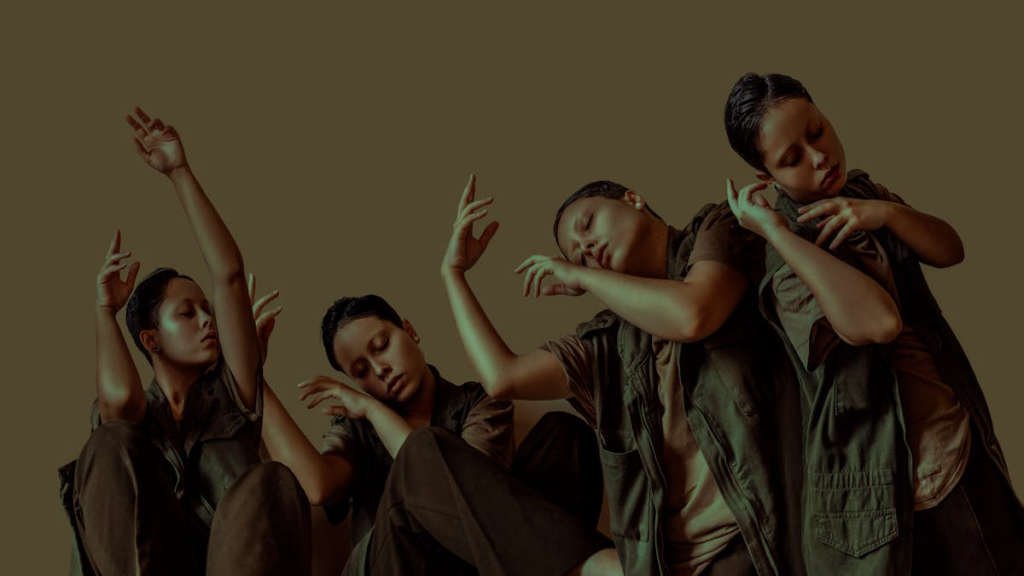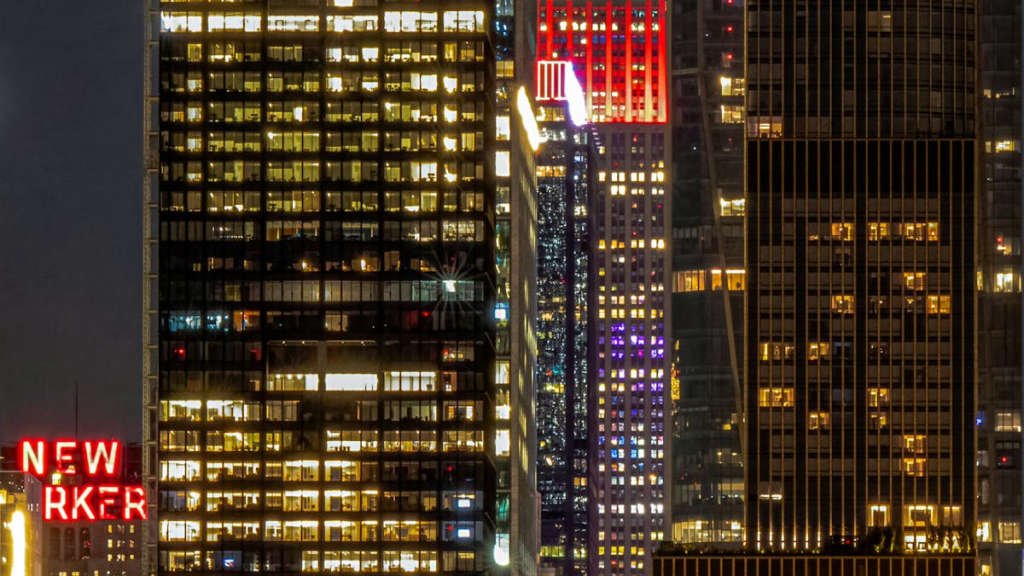
Art Deco aesthetics have long been admired for their elegance and glamour, and their influence can still be seen in modern design trends today. This iconic style, which originated in the 1920s and 1930s, is known for its geometric shapes, bold colors, and luxurious materials, all of which come together to create a sense of sophistication and luxury.
Main Points
- Art Deco aesthetics were popularized in the 1920s and 1930s, known for their geometric shapes and bold colors.
- Modern design trends still draw inspiration from Art Deco architecture design and Historic Art Deco landmarks.
- Art Deco aesthetics continue to captivate designers and art enthusiasts with their timeless elegance and glamour.

Evolution of Art Deco Style in Contemporary Architecture
Art Deco architecture design has made a significant impact on contemporary architecture around the world. This unique and iconic style emerged in the early 20th century and continues to influence modern building designs. From Modern Art Deco buildings to Historic Art Deco landmarks, the evolution of this style is evident in a wide range of architectural projects.
Key Features of Art Deco Style:
The Art Deco style is characterized by bold geometric shapes, rich colors, and luxurious materials. Some of the key features of Art Deco architecture design include:
- Geometric Shapes: Art Deco buildings often feature sharp angles, stepped forms, and symmetry in their designs.
- Rich Colors: Vibrant hues such as gold, silver, and black are commonly used in Art Deco architecture to create a sense of luxury and drama.
- Luxurious Materials: Materials like marble, granite, and chrome are frequently used in Art Deco buildings to convey a sense of opulence and sophistication.
These key features have been reinterpreted and incorporated into contemporary architectural projects, creating a unique blend of past and present design elements. Modern architects continue to draw inspiration from the Art Deco style, adapting it to suit the needs and aesthetics of today’s society.

Incorporating Geometric Patterns in Modern Art Deco Interiors
Geometric patterns have been a staple in the world of interior design for decades, but they have recently seen a resurgence in popularity. One of the most popular design styles that incorporate geometric patterns is Art Deco. This glamorous and luxurious style originated in the 1920s and 1930s and is characterized by bold colors, rich textures, and geometric shapes.
When it comes to incorporating geometric patterns in modern Art Deco interiors, there are a few key things to keep in mind. One of the most important aspects of this design style is the use of geometric shapes such as squares, circles, triangles, and hexagons. These shapes can be featured in a variety of ways, from wallpaper and flooring to furniture and accessories.
Another important element to consider when incorporating geometric patterns in modern Art Deco interiors is the use of bold colors. Art Deco is known for its use of rich, luxurious colors such as gold, black, navy, and emerald green. These colors can be used to create a striking contrast with the geometric patterns, adding depth and visual interest to the space.
Table: Examples of Geometric Patterns in Art Deco Interiors
| Geometric Pattern | Description |
|---|---|
| Chevron | A V-shaped pattern commonly used in flooring and textiles |
| Herringbone | A distinctive V-shaped weaving pattern used in textiles and tiling |
| Hexagon | A six-sided polygon used in flooring and wall tiles |
By incorporating geometric patterns in modern Art Deco interiors, you can create a stylish and sophisticated space that pays homage to the glamorous design style of the past. Whether you choose to incorporate bold patterns in wallpaper, textiles, or furniture, geometric patterns are sure to make a statement in any room.

Innovative Use of Materials and Finishes in Art Deco Inspired Furniture
Art Deco design is known for its bold and luxurious aesthetic, characterized by geometric shapes, vibrant colors, and luxurious materials. In recent years, designers have been pushing the boundaries of traditional Art Deco furniture by incorporating innovative materials and finishes into their designs.
One key element that sets apart Art Deco inspired furniture today is the use of unconventional materials such as acrylic, glass, and polished metals. These materials not only add a modern twist to the classic Art Deco style but also provide a sleek and contemporary look to the furniture pieces.
Another important aspect of Art Deco inspired furniture is the use of unique finishes such as high gloss lacquer, metallic accents, and intricate inlay work. These finishes add a sense of opulence and sophistication to the furniture, making them stand out in any living space.
Conclusion
In conclusion, the innovative use of materials and finishes in Art Deco inspired furniture has revolutionized the way we perceive this classic style. Designers are constantly pushing the boundaries and experimenting with new materials to create one-of-a-kind furniture pieces that are both stylish and functional. With the right combination of materials and finishes, Art Deco inspired furniture can truly make a statement in any home.

The Influence of Art Deco Typography in Graphic Design Today
Art Deco typography has had a significant impact on graphic design throughout history. This influential style, which emerged in the early 20th century, continues to inspire designers today. Let’s explore how Art Deco typography has influenced graphic design in the modern era.
1. Unique and Geometric Shapes
One of the key features of Art Deco typography is its use of unique and geometric shapes. This style often incorporates bold lines, sharp angles, and intricate patterns, creating a visually striking aesthetic. Graphic designers today draw inspiration from these elements by incorporating geometric shapes into their designs to create a modern and dynamic look.
2. Elegant and Stylish Fonts
Art Deco typography is characterized by its use of elegant and stylish fonts. Designers in the Art Deco era often used typefaces that were sleek, sophisticated, and ornate. Today, graphic designers continue to use these elegant fonts to add a touch of sophistication to their work, whether it’s for branding, packaging, or advertising.
3. Contrast and Balance
Art Deco typography also emphasizes contrast and balance in design. The use of bold and thin lines, light and dark colors, and large and small fonts creates a sense of harmony and visual interest. Modern graphic designers integrate these principles into their work to create compelling and balanced compositions that capture the viewer’s attention.
4. Impact on Advertising and Branding
The influence of Art Deco typography can be seen in advertising and branding today. Many companies use Art Deco-inspired fonts and design elements in their logos, websites, and marketing materials to evoke a sense of elegance, style, and sophistication. This timeless aesthetic continues to resonate with audiences and remains a popular choice for businesses looking to make a memorable impression.
5. Conclusion
In conclusion, Art Deco typography has had a lasting impact on graphic design today. Its unique shapes, elegant fonts, emphasis on contrast and balance, and influence on advertising and branding continue to shape the work of modern designers. By drawing inspiration from the Art Deco era, graphic designers can create visually stunning and impactful designs that resonate with audiences.
Reviving the Glamour of Art Deco Fashion in the 21st Century
In the fast-paced world of fashion where trends come and go, one particular style has stood the test of time and continues to captivate fashion enthusiasts around the globe – Art Deco. Originating in the 1920s and 1930s, the Art Deco movement brought a sense of luxury, glamour, and sophistication to the world of design, architecture, and fashion. With its geometric shapes, bold colors, and intricate patterns, Art Deco remains a timeless and elegant style that has made a resurgence in the 21st century.
The revival of Art Deco fashion in the current era can be attributed to its timeless appeal and the desire to bring back the glamour of past decades. Designers and fashion enthusiasts alike are drawn to the opulence and sophistication of Art Deco, incorporating its elements into modern designs and creating a sense of nostalgia for a bygone era.
One of the key elements of Art Deco fashion is the use of luxurious fabrics and embellishments. Silk, velvet, and satin are commonly used to create elegant garments that exude glamour and luxury. Embellishments such as beading, sequins, and embroidery add a touch of sparkle and sophistication to Art Deco-inspired pieces, making them perfect for special occasions and red-carpet events.
Key Takeaways:
- Luxury: Art Deco fashion is all about luxury and opulence, using high-quality fabrics and embellishments to create elegant and sophisticated looks.
- Glamour: The glamorous nature of Art Deco fashion appeals to those who appreciate the beauty and elegance of past eras.
- Timelessness: Despite originating in the 1920s and 1930s, Art Deco fashion remains relevant and stylish in the 21st century, showcasing its enduring appeal.
By reviving the glamour of Art Deco fashion in the 21st century, designers and fashion enthusiasts are able to pay homage to a classic style while adding a modern twist. Whether it’s a beaded flapper dress, a tailored suit with geometric patterns, or a statement accessory inspired by the Art Deco era, incorporating elements of this iconic style into your wardrobe is sure to make a fashion statement that stands the test of time.
Conclusion
In conclusion, the undefined concept opens up a world of possibilities for embracing creativity and innovation in design. With its roots in the Art Deco aesthetics, undefined allows for a fusion of modern and classic elements, resulting in unique and visually captivating creations. By exploring the boundaries of traditional norms and pushing the limits of imagination, undefined challenges us to think outside the box and redefine our perception of beauty and art. Embracing the undefined not only elevates design to new heights but also encourages a deeper appreciation for the diversity and complexity of artistic expression.
Frequently Asked Questions
What are the main characteristics of Art Deco aesthetics?
Art Deco aesthetics are characterized by geometric shapes, bold colors, and decorative elements inspired by modern technology and industrialization.
When did the Art Deco movement peak?
The Art Deco movement peaked in the 1920s and 1930s, especially in the aftermath of World War I.
Which materials are commonly used in Art Deco design?
Art Deco design often incorporates materials such as glass, chrome, and precious metals like gold and silver.
What are some famous examples of Art Deco architecture?
The Chrysler Building in New York City, the Empire State Building, and the Hoover Building in London are famous examples of Art Deco architecture.
Is Art Deco still influential in modern design?
Yes, Art Deco continues to be influential in modern design, with its iconic style still inspiring architects, designers, and artists today.
